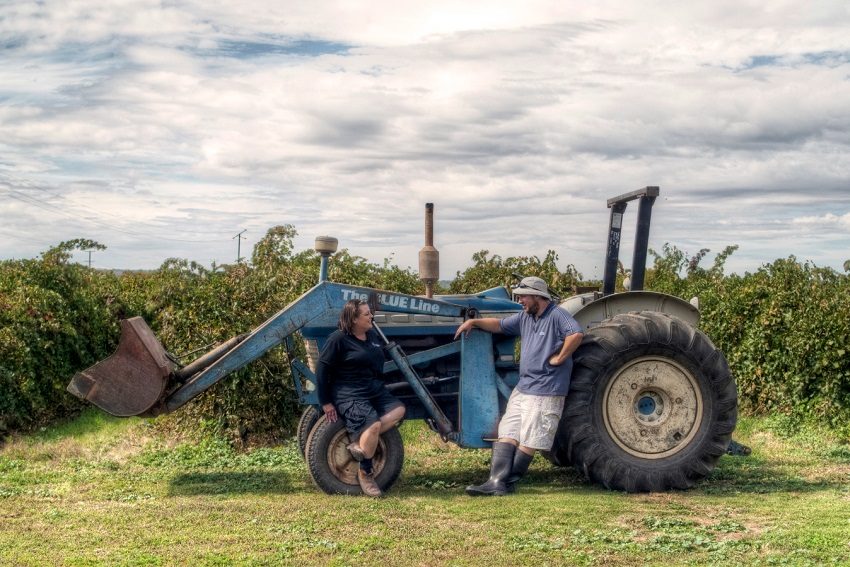Doing a double take on Barossa Grenache with Yelland and Papps

Mention the notoriously damp and dreary 2011 vintage to most winemakers and you’ll get a shudder, a sign of the cross or, at best, a heavy sigh. For Michael Papps, by contrast, it was a revelation.
 The lighter-bodied wines that came out of that vintage have become a benchmark for him: the Barossa winemaker now picks his fruit earlier with lower alcohol levels, and has backed away from the jammy styles of red wine that the region pumped out during the decades on either side of the second millennium.
The lighter-bodied wines that came out of that vintage have become a benchmark for him: the Barossa winemaker now picks his fruit earlier with lower alcohol levels, and has backed away from the jammy styles of red wine that the region pumped out during the decades on either side of the second millennium.
The 2016 Yelland and Papps Second Take Grenache is a case in point. As fourth place-getter in the Hot 100 Wines’ top 10, the judges fizzed about the wine’s fruit flavours — “fresh cherry, red currants, and mulberries” — as well as its chalkiness and the depth imparted by “hints of grape stem spice”.
Although the alcohol in the 2016 version did climb up over the 14 per cent mark, the wine usually sits more around 13 per cent, and the style of the Grenache, which uses fruit from 50- and 60 year-old vines, is driven by a philosophy of winemaking that favours fresh flavours and drinkability.
While his winemaking was already moving towards an Old World model, Papps says the leanness of the 2011 vintage helped push him over the line.
“In the early days, we were making the typical 14-and-a-half, 15 per cent alcohol wines; then the 2011 vintage hit,” Papps says. “We absolutely loved the wines coming out of 2011: there was just really a lot more of a European sort of style that suited the wines we liked to drink and the wines we liked to make.
“It opened our eyes to picking earlier and the sort of flavours you get. Since then on we’ve been picking early, trying to keep the alcohol down a bit, and trying to get more savouriness and less sweetness into the wines.”

Whole-bunch pressing — almost two thirds of the 2016 Grenache was pressed in bunch form with its stems — is an important contributor to the Grenache’s character, Papps says.
“We’re after that brightness and freshness that whole bunch brings to the party, and also the spice; the stems give you a white peppery spice, which is what we saw in the cool 2011 vintage. I’m trying to get the wine to dance across the tongue, rather than have one big glob of sweet fruit.”
“The whole Second Take range is about that. We’re trying to make wines that are elegant and structured, and still have plenty of flavour to them. Just because we’re from the Barossa, it doesn’t mean we have to produce big, monster wines.”
It may represent a turnaround, but Papps says it is an attitude that draws on a different Barossa tradition, one that existed in the 1970s and 80s, before the fad for big alcohol and big oak had arrived.
And while he doesn’t call himself a “natural” winemaker, Papps does believe in a light hand.
“All our wines use wild yeast, wild malo, with no additional tannin, and we only add acid when we need to — the 2016 had no added acid at all,” he says.

As parents of young children, Papps and his wife Susan (nee Yelland) also attest to the benefits of drinking a lighter wine style. Papps says staying up talking and drinking well into the night takes on a different complexion in the face of a 6am. start: “If you make lower alcohol wines, you can kick on a little bit longer.”
“We used to drink that bigger style of wine, but you find if you have a glass when you get home from work, you almost fall asleep. We’re looking at making wines that are more of a pick-me-up, that allow you to finish the bottle and even contemplate having a second.”
I’d have to say not too much contemplation is required.
Header image: Susan and Michael Papps
Photography: John Kruger